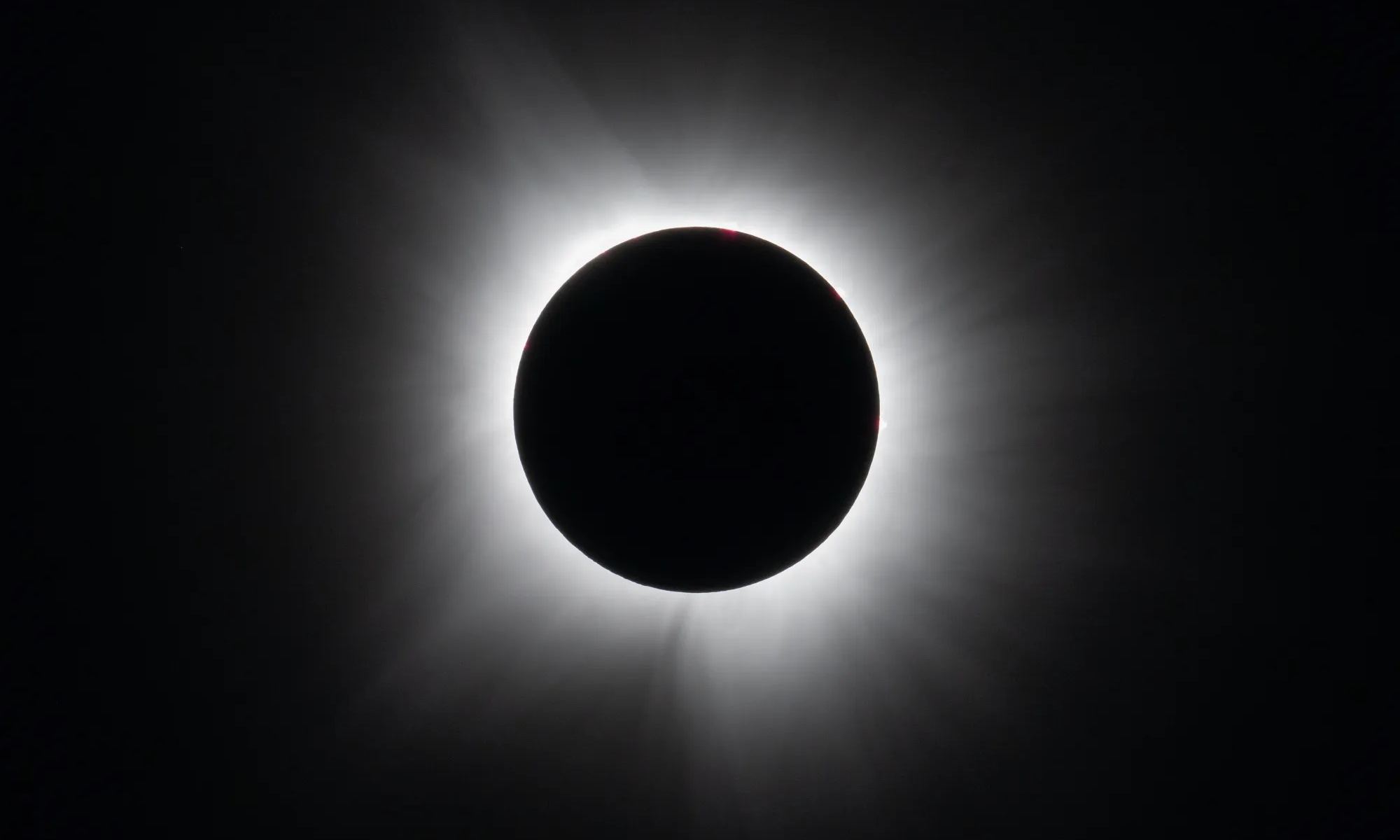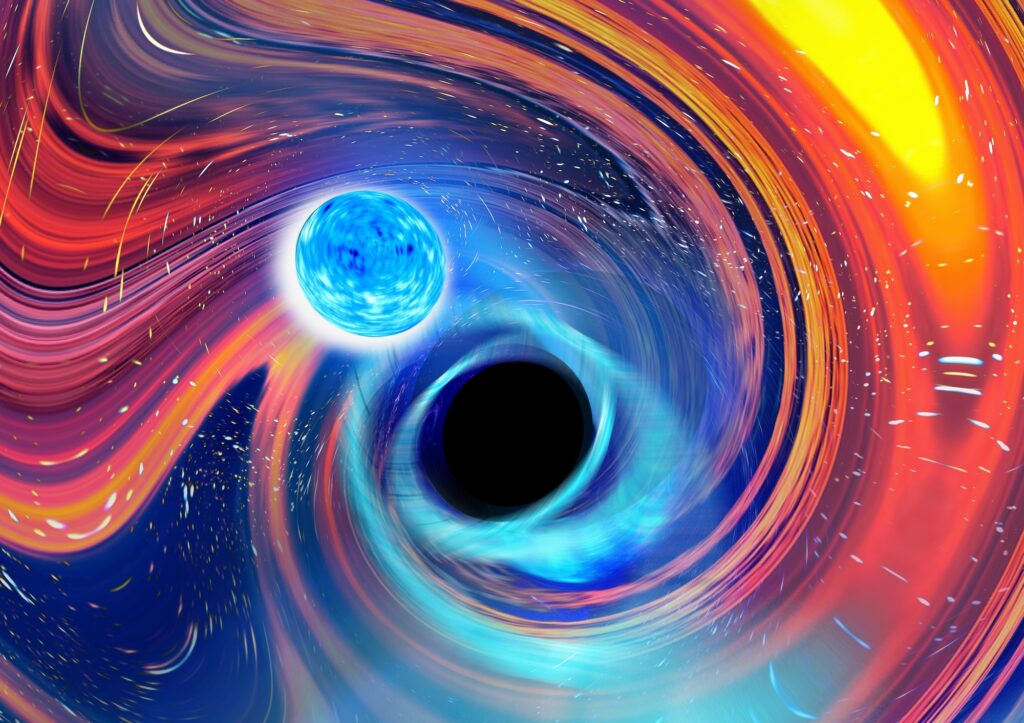Millions of people took a trip over to the US or Mexico to try and catch a glimpse of the 2024 total solar eclipse. Whether you took the trip or not, if you have since been bitten by the eclipse bug then there are three upcoming eclipses over the next couple of years. August 2026 sees an eclipse passing from Greenland, Iceland and Spain, 2027 sees an eclipse over North Africa and in 2028 Australia all be the place to be. With loads of possibilities for all locations, it’s time to get planning.
Continue reading “Here are the Next Three Total Solar Eclipses Coming Up”Could Life Exist in Water Droplet Worlds in Venus’ Atmosphere?
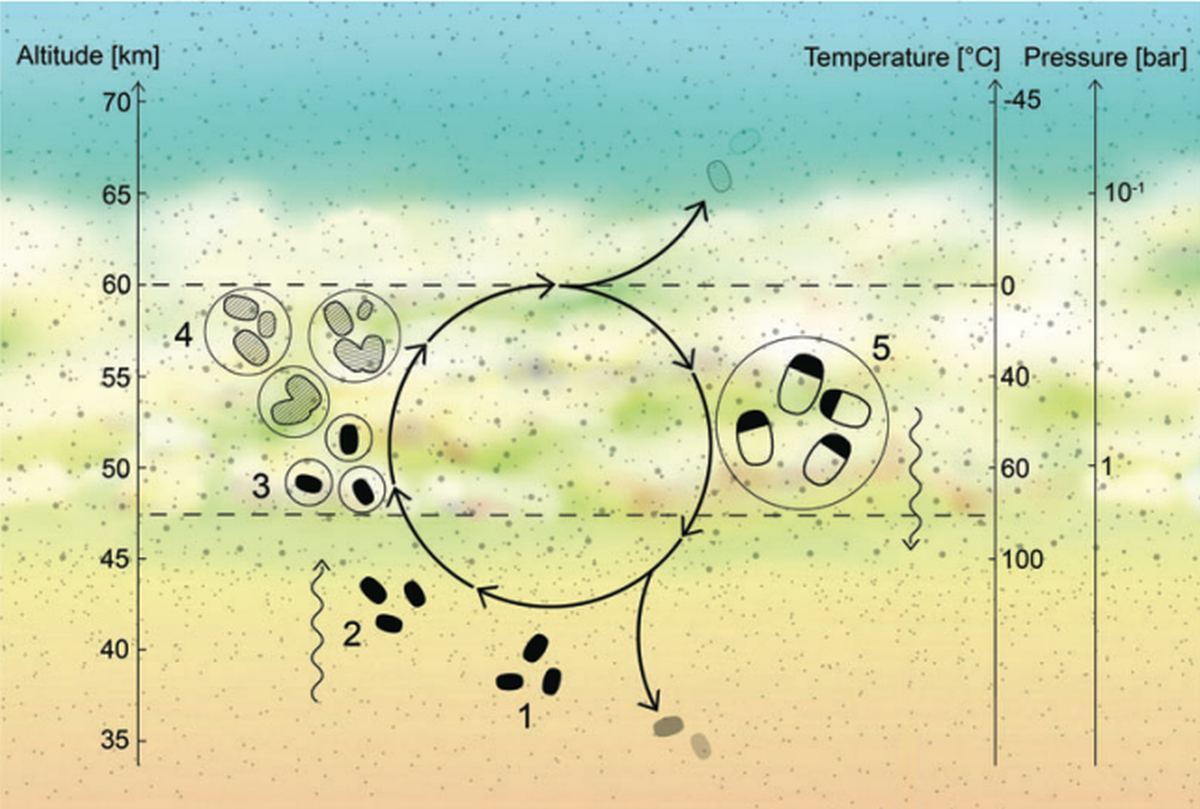
It’s a measure of human ingenuity and curiosity that scientists debate the possibility of life on Venus. They established long ago that Venus’ surface is absolutely hostile to life. But didn’t scientists find a biomarker in the planet’s clouds? Could life exist there, never touching the planet’s sweltering surface?
It seems to depend on who you ask.
Continue reading “Could Life Exist in Water Droplet Worlds in Venus’ Atmosphere?”Finally, an Explanation for the Moon’s Radically Different Hemispheres
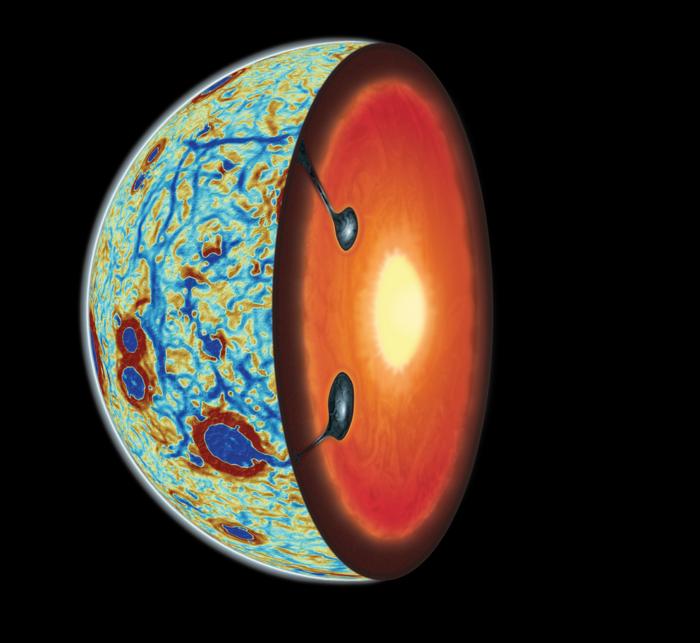
Pink Floyd was wrong, there is no dark side to the Moon. There is however, a far side. The tidal effects between the Earth and Moon have caused this captured or synchronous rotation. The two sides display very different geographical features; the near side with mare and ancient volcanic flows while the far side displaying craters within craters. New research suggests the Moon has turned itself inside out with heavy elements like titanium returning to the surface. It’s now thought that a giant impact on the far side pushed titanium to the surface, creating a thinner more active near side.
Continue reading “Finally, an Explanation for the Moon’s Radically Different Hemispheres”How Much of Venus’s Atmosphere is Coming from Volcanoes?
There’s a lot we don’t know about the planet nearest to us. Venus is shrouded in clouds, making speculation about what’s happening on its surface a parlor game for many planetary scientists for decades. But one idea that always seems to come up in those conversations – volcanoes. It’s clear that Venus has plenty of volcanoes – estimates center around about 85,000 of them in total. However, science is still unclear as to whether there is any active volcanism on Venus or not. A new set of missions to the planet will hopefully shed some light on the topic – and a new paper from researchers from Europe looks at how we might use information from those missions to do so.
Continue reading “How Much of Venus’s Atmosphere is Coming from Volcanoes?”US Satellite Photographs a South Korean Satellite from Lunar Orbit
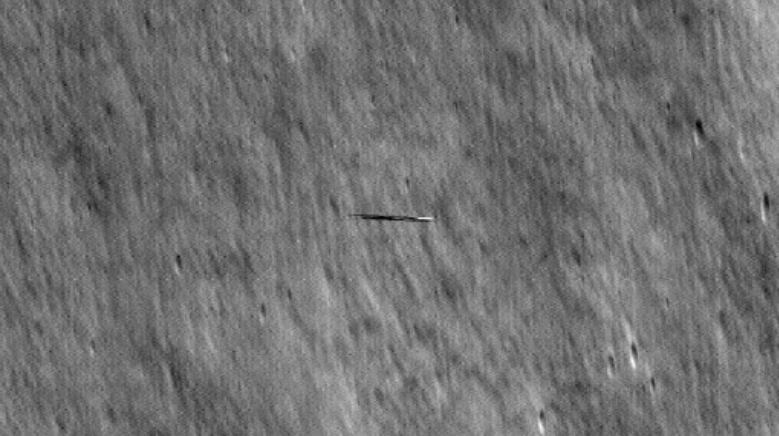
In 2009, NASA launched the Lunar Reconnaissance Orbiter (LRO.) Its ongoing mission is to map the lunar surface in detail, locating potential landing sites, resources, and interesting features like lava tubes. The mission is an ongoing success, another showcase of NASA’s skill. It’s mapped about 98.2% of the lunar surface, excluding the deeply shadowed regions in the polar areas.
But recently, the LRO team’s skill was on display for another reason: it captured images of another satellite speeding over the lunar surface.
Continue reading “US Satellite Photographs a South Korean Satellite from Lunar Orbit”Here's the Total Solar Eclipse, Seen From Space
On Monday, April 8th, people across North America witnessed a rare celestial event known as a total solar eclipse. This phenomenon occurs when the Moon passes between the Sun and Earth and blocks the face of the Sun for a short period. The eclipse plunged the sky into darkness for people living in the Canadian Maritimes, the American Eastern Seaboard, parts of the Midwest, and northern Mexico. Fortunately for all, geostationary satellites orbiting Earth captured images of the Moon’s shadow as it moved across North America.
Continue reading “Here's the Total Solar Eclipse, Seen From Space”If Europa has Geysers, They’re Very Faint
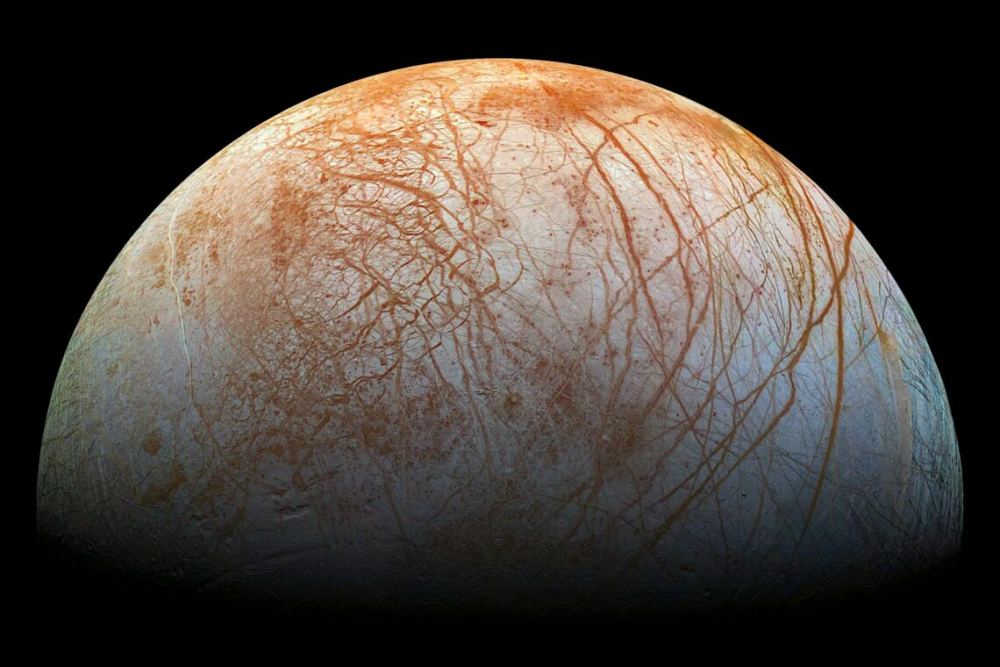
In 2013, the Hubble Space Telescope spotted water vapour on Jupiter’s moon Europa. The vapour was evidence of plumes similar to the ones on Saturn’s moon Enceladus. That, and other compelling evidence, showed that the moon has an ocean. That led to speculation that the ocean could harbour life.
But the ocean is obscured under a thick, global layer of ice, making the plumes our only way of examining the ocean. The plumes are so difficult to detect they haven’t been confirmed.
Continue reading “If Europa has Geysers, They’re Very Faint”WISPR Team Images Turbulence within Solar Transients for the First Time
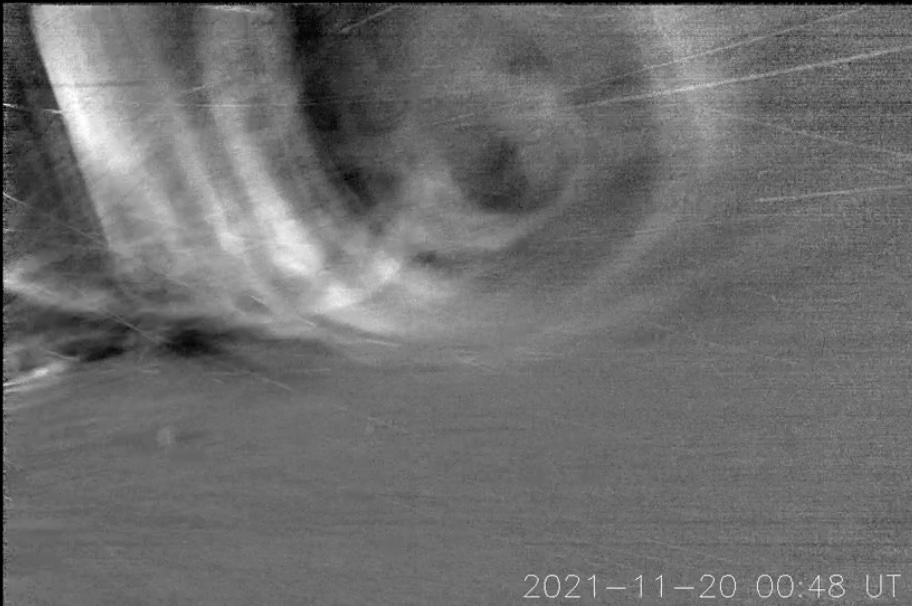
NASA’s Parker Solar Probe has been in studying the Sun for the last six years. In 2021 it was hit directly by a coronal mass ejection when it was a mere 10 million kilometres from the solar surface. Luckily it was gathering data and images enabling scientists to piece together an amazing video. The interactions between the solar wind and the coronal mass ejection were measured giving an unprecedented view of the solar corona.
Continue reading “WISPR Team Images Turbulence within Solar Transients for the First Time”What Happens to Solar Systems When Stars Become White Dwarfs?
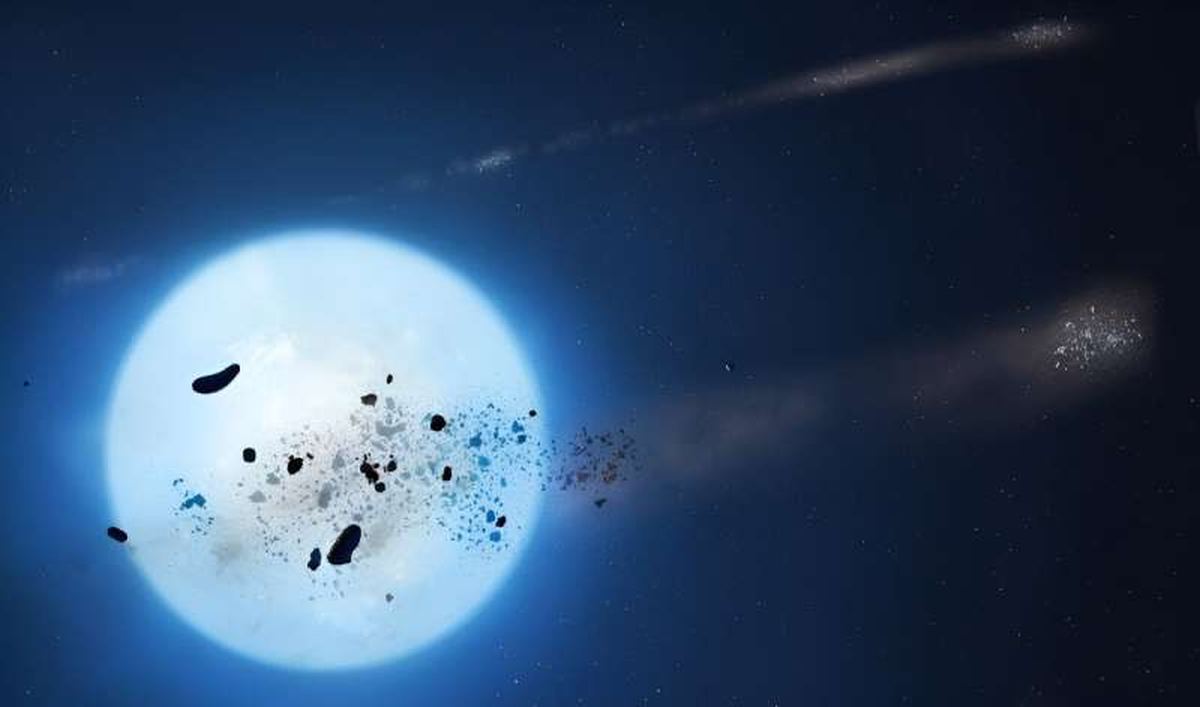
In a couple billion years, our Sun will be unrecognizable. It will swell up and become a red giant, then shrink again and become a white dwarf. The inner planets aren’t expected to survive all the mayhem these transitions unleash, but what will happen to them? What will happen to the outer planets?
Continue reading “What Happens to Solar Systems When Stars Become White Dwarfs?”A Neutron Star Merged with a Surprisingly Light Black Hole
Galactic collisions, meteor impacts and even stellar mergers are not uncommon events. neutron stars colliding with black holes however are a little more rare, in fact, until now, we have never observed one. The fourth LIGO-Virgo-KAGRA observing detected gravitational waves from a collision between a black hole and neutron star 650 million light years away. The black hole was tiny though with a mass between 2.5 to 4.5 times that of the Sun.
Continue reading “A Neutron Star Merged with a Surprisingly Light Black Hole”
